Most travelers book their bucket list safari in a national park like Kenya’s Maasai Mara Reserve, but the best safari experience rests in the privately-owned conservancies working to support local communities and protect Africa’s wildlife.
Our Maasai escort walks ahead of us, the silhouette of his spear pointing towards the morning sky, which resembles a watercolor painting as it moves from hues of pastel pink to blue. It’s nearly 6 a.m. as my partner and I crunch along the red dirt-packed trail that leads from our tent at Basecamp Explorer Eagle View to the open-air safari vehicles waiting to take us on our first game drive. Two days ago, we were flying high above the Atlantic Ocean aboard a Kenya Airways flight en route from New York to Nairobi. Cocooned in the comfort of their business class accommodations—on par with that of any other major airline—we are now somewhere in the wilds of Kenya’s Maasai Mara.
After a night marked by a wildlife soundtrack playing on repeat, something is exhilarating about walking amongst the African bush before sunrise. Mere hours prior, I listened to the methodic munching of a large animal (perhaps a hippo or elephant) tearing leaves from a tree outside our tent. It is early enough for predators to still be lurking in any of these bushes, and so we trudge behind our Maasai escort with bated breath, our boots moving silently along the mineral-rich soil. To be here in Kenya’s Mara Naboisho Conservancy is to step into the wilds of my imagination and witness a version of the world free of skyscrapers, pollution, and traffic.
Recommended Fodor’s Video
When confronted with the prospect of writing about safari, it’s hard not to fall victim to the usual tropes so often referenced when describing the wilds of Africa. It’s difficult to ignore the realities of safari: its inaccessibility, the price tag attached, and the inherent colonial roots that resonate to this day, most obviously manifested in safari attire. But Basecamp Explorer is doing something different, something innovative. They are taking the concept of safari and not only making it more accessible by offering low-cost stays to both foreigners and locals (something many safari operators started offering only after the pandemic halted international travel), but they are attempting to consciously address a threat unknown to most Westerners: land encroachment.
Many assume that the biggest threat to Africa’s wildlife is poaching, but it is, in fact, land encroachment. Local communities, such as the semi-nomadic Maasai, border major national reserves and come into conflict with wildlife and their migratory and hunting patterns. Wildlife threatens the agriculture and livestock of the nearby Maasai communities, while animals venturing too close to humans risk being killed. In response, Basecamp Explorer partnered with the Maasai community to create the Mara Naboisho Conservancy, a designated area for wildlife to roam free without human interference.
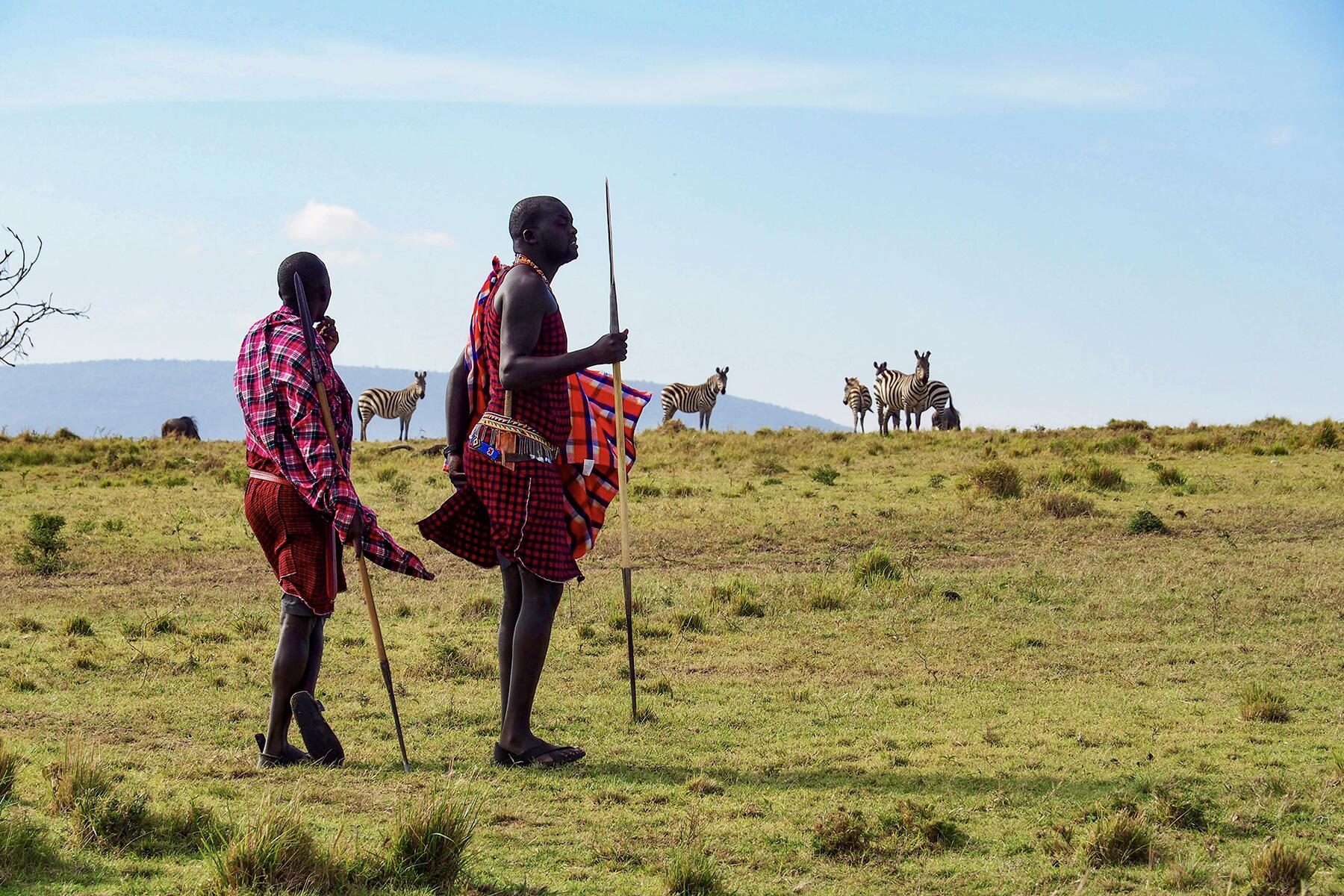
The Mara Naboisho Conservancy sits side-by-side with the national and government-owned Maasai Mara Reserve, which consists of 530 individual plots of land belonging to the local Maasai community. Every month, Basecamp Explorer (along with a few fellow tour operators) pays a leasing fee to the Maasai families, introducing a sustainable revenue stream that can prove more profitable than agriculture and livestock. This partnership has set a precedent in Kenya, and is serving as an example to the larger continent, about what is possible if safari tour operators partner with the local people.
Since its inception, the Mara Naboisho Conservancy has received the Global Human Settlements Awards on Planning and Design for its outstanding demonstration of promoting sustainable cities and human settlements and implementing sustainable development goals. Not only does this model benefit the local wildlife and protect the Maasai Mara’s unique biodiversity, but it offers significant benefits to the local Maasai community, many of whom work directly with operators, like Basecamp Explorer, in leadership roles, and as safari guides.
“There were studies saying that around 70% of the local Maasai community lived below the UN poverty line before the conservancies were established,” explains Svein Wilhelmsen, Founder & Chair of the Basecamp Explorer Foundation and Basecamp Explorer, which operates camps in both Kenya and Svalbard. “Without COVID, tourist partners were set to pay close to $8 million in 2020 in lease fees to the 15 conservancies in the Maasai Mara (about 15,000 Maasai families). That’s quite an enormous impact in itself. On top of that, you have about 2,000 jobs created and community projects like health clinics and freshwater systems. The conservancies, like Naboisho, offer enormous change to the Maasai; you can see it when you drive around. The local people have better houses, send their kids to school, and jobs are created locally.”
When considering a safari, most travelers tend to focus their search on popular national parks like the Serengeti, Kruger, or Maasai Mara. And yet, it’s in the privately-owned conservancies, like Mara Naboisho, that you’re afforded the unique opportunity to support local communities while getting closer to nature.
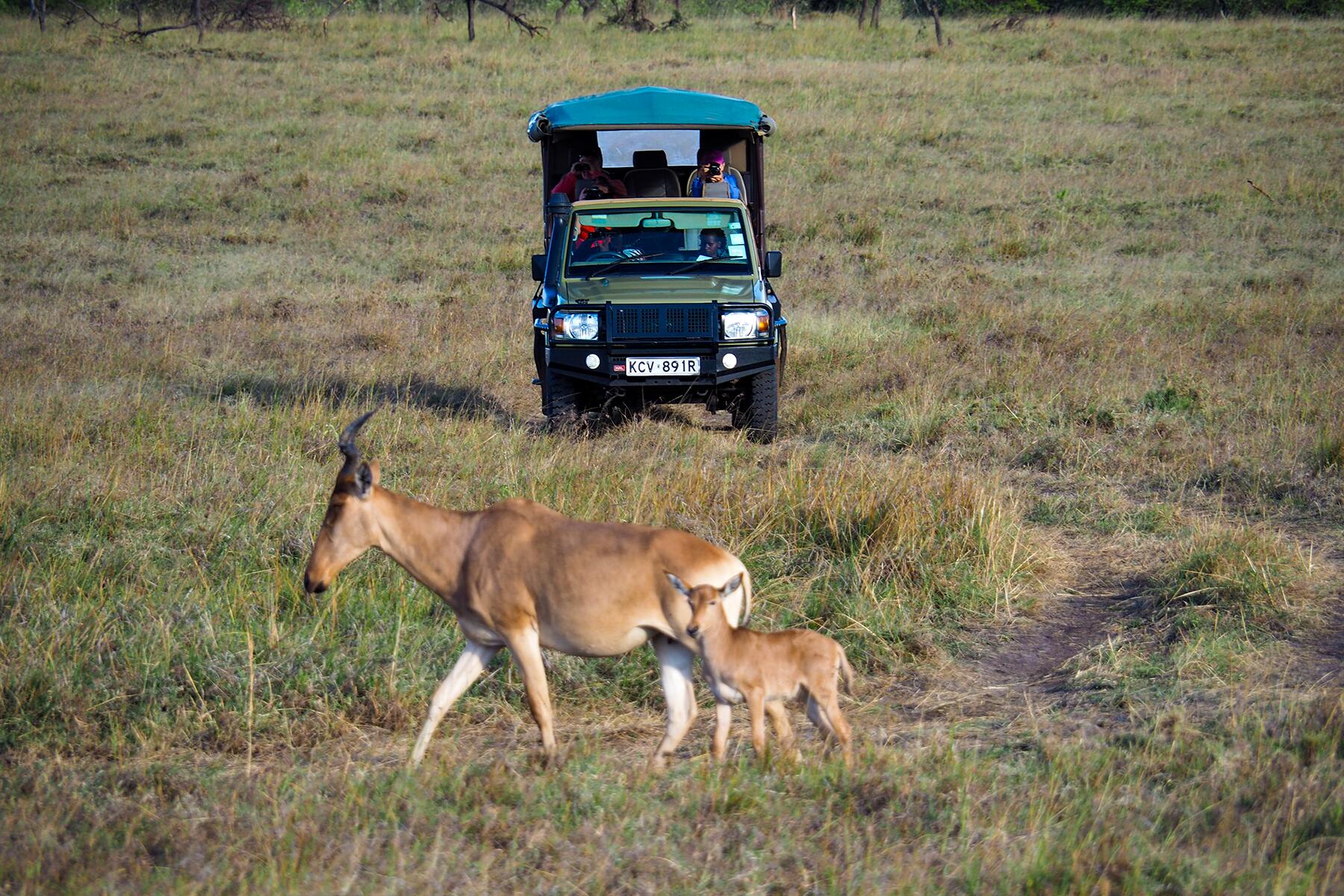
“We can set the rules. We can guarantee a high-quality level of experience. For example, the number of tourists, the number of camps, the number of beds, it’s us jointly—the tour operators and Maasai landlords—who decide on that,” adds Wilhelmsen. “We can do activities that you’re not able to do in the national reserve, such as walking safaris, night safaris, and bush meals. It’s a better guest experience, and a big part of the money you pay goes back to the community and wildlife conservation.”
On our first game drive with Basecamp Explorer, that freedom to “set the rules” becomes immediately apparent. While safari vehicles are often confined to the dirt-packed roads of the national reserves, our Maasai guide cuts through vast expanses of golden fields to bring us closer to lions, hyenas, giraffes, and antelope. I quickly become enthralled by these game drives, which take place in the early morning or late afternoon to avoid the midday sun. It doesn’t matter how early we have to wake up (usually around 6 a.m.), how long they go for (about four hours), or if bathroom breaks take place behind the wheel of the vehicle while my tripmates look away (you get used to it), I fall in love with game drives immediately.
A seemingly vacant plain—nothing but acacia trees and scattered boulders—always proves home to myriad wildlife hiding in plain sight. As we drive, I spot a herd of zebras, their stripes starkly contrasting the bush’s muted greens, browns, and beige. Something about the zebras appears almost fake. Their striped bodies look too perfect and pronounced, as if someone grabbed a bucket of black paint and brushed zig-zag strokes on their backs seconds before our car pulled up. The giraffes, too, seem otherworldly, as if plucked from the imagination of a small child. Like ballerinas, the giraffe’s slender legs glide atop the grass as they languidly make their way from acacia tree to acacia tree in search of food.
As each animal comes into focus, our Maasai guide (who goes by Steve) regales us with facts about hyenas and their unique calls, elephants and their complex social hierarchies, hippos and their daytime behaviors. With his encyclopedic knowledge spilling forth, suddenly, Steve gets a text message and pulls the car away from the zebras to speed off in the opposite direction. Lions have been spotted napping lazily in the mid-afternoon sun, and attention must be paid.

As our car pulls up, Steve cuts the engine mere feet from a male lion whose golden-brown fur seems to catch the morning light. With hardly any other safari vehicles in sight, there is the feeling that we are alone with these magnificent animals. From a traveler’s perspective, this is one of the big benefits of booking a safari in the conservancy with a tour operator like Basecamp Explorer. Crowds tend to be a problem in the national parks, where as many as 27 safari cars can encircle animals and cause overcrowding and stress to wildlife. But in the Mara Naboisho Conservancy—where Basecamp Explorer operates five safari destinations, including Leopard Hill, Eagle View, Basecamp Masai Mara, Dorobo Mobile Camp, and Wilderness Camp—overcrowding is rarely an issue.
To stay at Basecamp Explorer’s Eagle View or Leopard Hill properties is to experience an accommodation that seemingly brings you close to nature without sacrificing comfort. The tented camps are unfenced and feel as though they grew organically from the land, as though the entire property can be dismantled without disturbing the environment. As it ends up, this noninvasive approach to the camps allows Basecamp Explorer to uniquely marry guests’ needs with unwavering respect to nature.
“We try to create one tourism brand and experience for the guests—a low-density and high-quality tourism experience and tented safari camp with a maximum of 12 tents per camp,” says Wilhelmsen. “If we ever have to move, God forbid, then after a short period of fewer than six months, there shouldn’t be much of a sign of our camps. It should be back to nature. So, we build our tented camps light and use natural materials as much as possible. Of course, sometimes we need to use steel, but we make sure to use recyclable materials.”
The Eagle View camp sits atop a hill with an almost aerial view of the surrounding bush. From the reception tent, you can sip wine while watching a family of warthogs scurry by (“Pumbas,” as we’ve come to call them affectionally). In contrast, the Leopard Hill camp feels like you’re in the bush. Its reception tent sits level with the surrounding area, so when you see a rogue hyena or lone cheetah, it isn’t from atop a hill but rather from walking distance. During our stay at Leopard Hill, we’re told a pride of lions has moved into the area. The lions make themselves known as if on cue with a symphony of roars and growls. While this may sound terrifying, the animals show little interest or curiosity in coming near the camp, as if humans and beasts reached a mutual agreement to stay out of one another’s way. And, for peace of mind, the Maasai carry spears to escort guests to and from their tents.
As the sun begins to set over Kenya’s plains, our safari vehicle pulls off into a wide-open field interrupted only by wildebeest trotting in the distance. The setting sun scatters a spectrum of color over the view as we sit down to our first night of bush sundowners. Bush sundowners are safari’s version of happy hour and yet another perk of booking a tour in a privately-owned conservancy where you have the option to enjoy both meals and drinks beneath the stars. With our guides, we set up folding chairs around a makeshift campfire and enjoy Tuskers (a local beer comprised of 100% African ingredients). As Steve regales me with stories of even crazier safari memories (one of which includes a cheetah jumping on top of the safari vehicle), I sip my Tusker in awe of my surroundings.
The following day, we wake up early for a walking safari led by the Maasai guides. Unlike our game drives, where we travel by vehicle, our walking safari takes us on an explorative stroll into the surrounding wilderness. Departing from camp, our group ventures into the nearby bush, flanked by Maasai warriors carrying spears and machetes for protection.
The Maasai are a semi-nomadic and pastoral group that reside in Kenya and northern Tanzania. Our Maasai guides instinctively know what animals linger near, when it’s safe to proceed, and can even detect the mood of a nearby hyena. As we walk, the four guides point out scat, discarded bones, plants, and animal tracks. It becomes immediately apparent that the Maasai are more than knowledgeable about the land; they are spiritually and intuitively connected to it in a way that cannot be taught. The seamless way in which they can live amongst the bush allows them to read the surrounding wild in a way that is invisible to my nature-starved New York eye.
Little details that allude during game drives suddenly become distinct as we walk. We stumble across a largely intact giraffe skull just feet from the rest of its skeletal remains. Bones are everywhere in the bush, from the weathered horns of long-gone wildebeest to the hollowed-out rib cage of a giraffe. Whether the victim of a predator attack or the passing of time, to be in the bush is to recognize the uncompromising balance of life and death that exists. This is perhaps most obvious during our night safari, in which we venture into the pitch-black wilderness to see predators on the move. Another activity limited to the conservancies, our night drive uses infrared lights (so as not to disturb or scare off the animals). As our safari vehicle glides confidently through blacked-out fields, it suddenly stops at a scene reminiscent of a grisly horror scene.
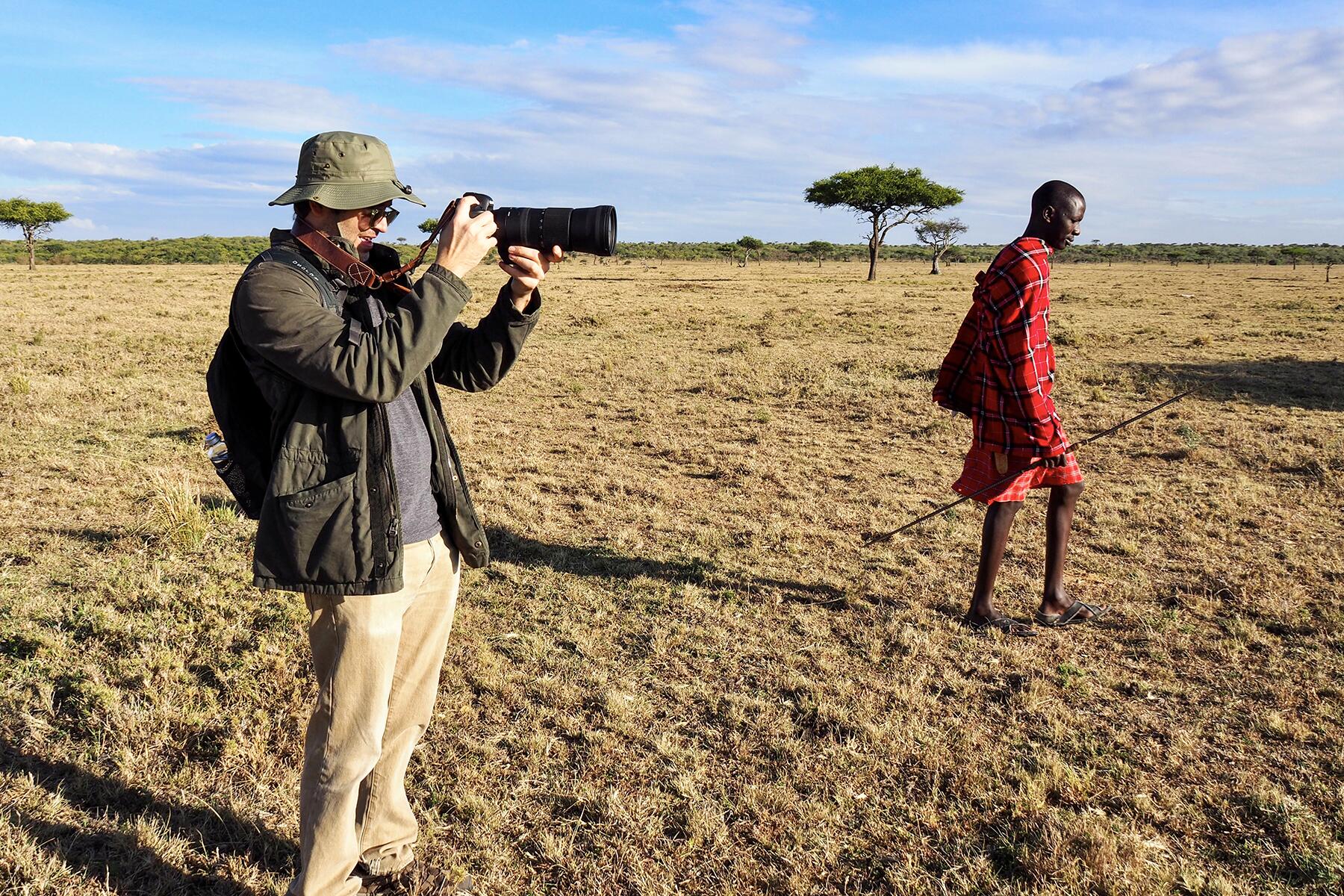
There, just feet from our car, sits an entire pride of lions devouring their latest kill. As I listen to the ripping of flesh from bone accented only by the eerie howl of wind blowing across the fields—I am reminded of the raw power of nature and the respect it demands.
Whether herbivores or carnivores, these animals already live tough lives plagued by drought, threats from other animals, and the effects of climate change. With the Mara Naboisho Conservancy working to limit human interference and land encroachment, we can simply step out of the way and let nature take its course.
Very well done article. Captures the feeling and beauty of Kenyan wild side. But just one mistake - Tusker is NOT a local Maasai beer it's Kenya's number 1 beer brand of international standards. You could have sipped it on Kenya Airways as you flew in.
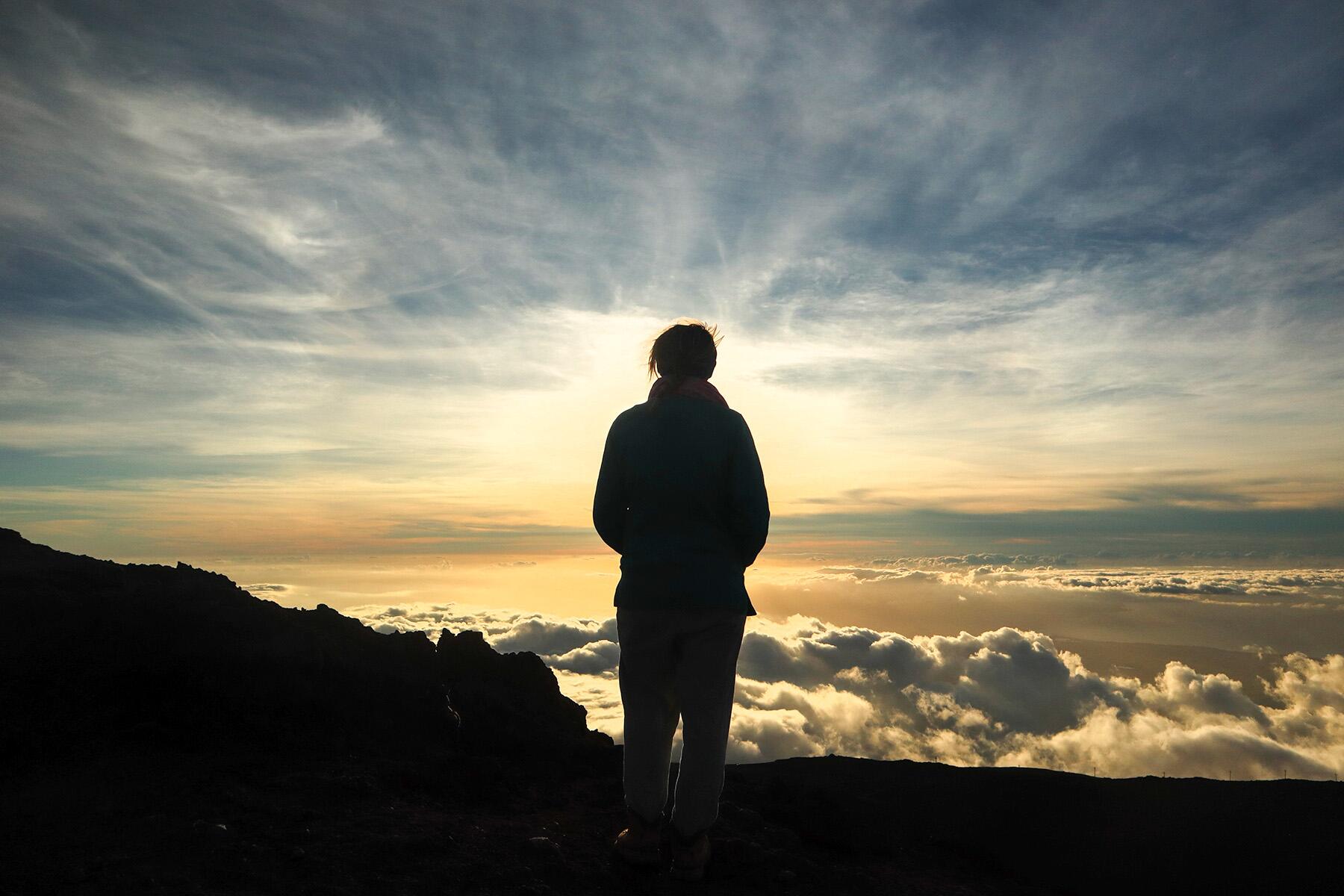

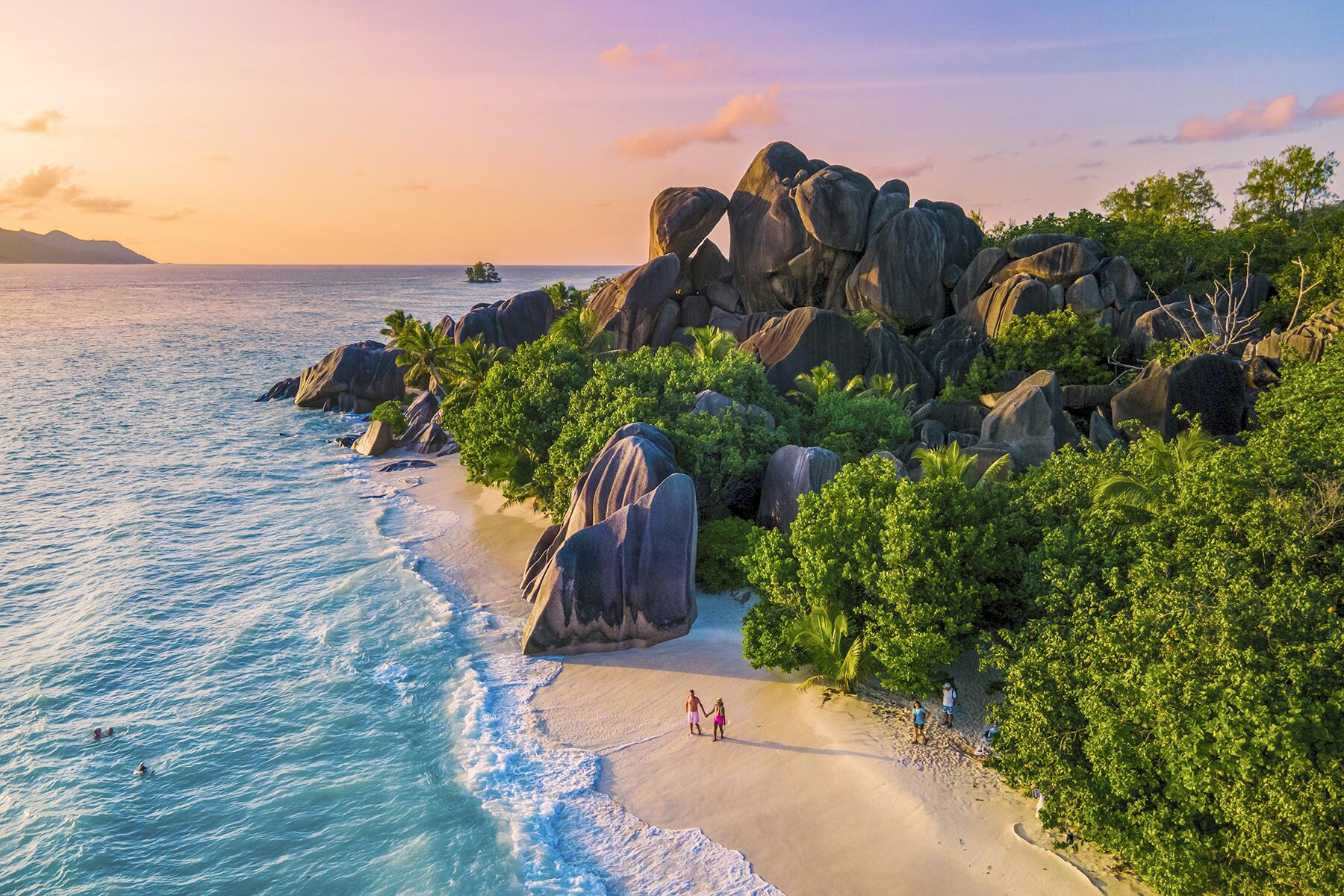
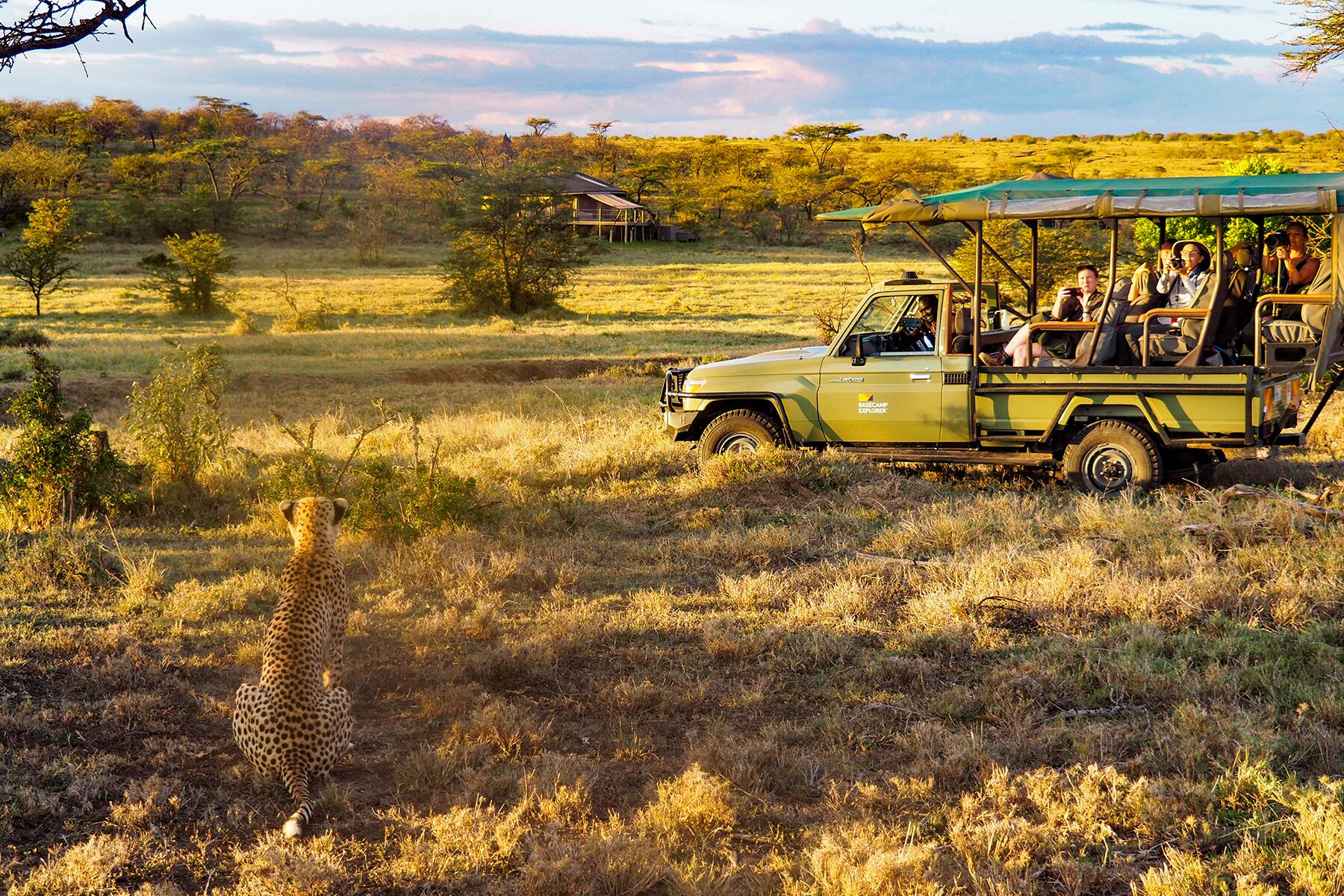
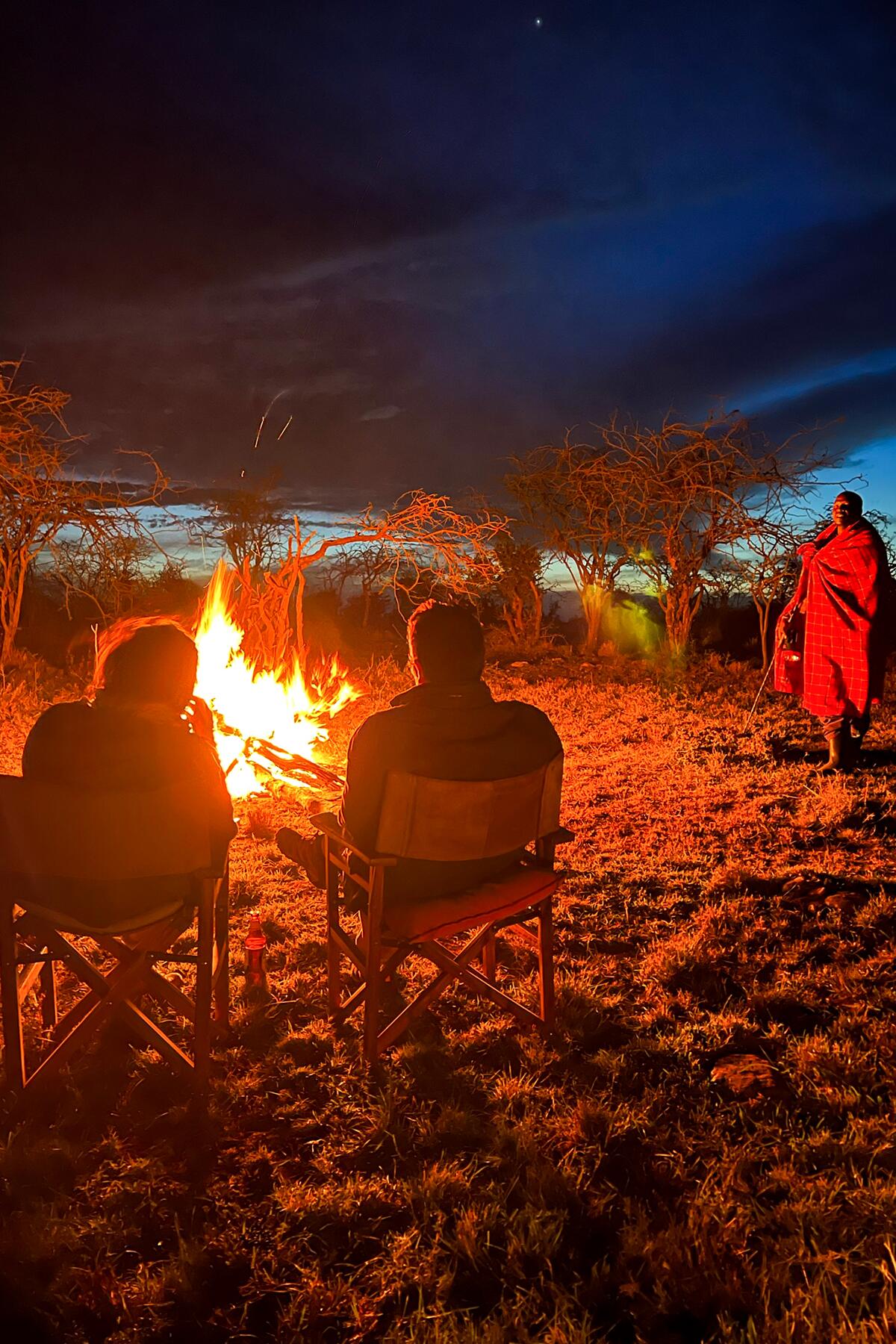
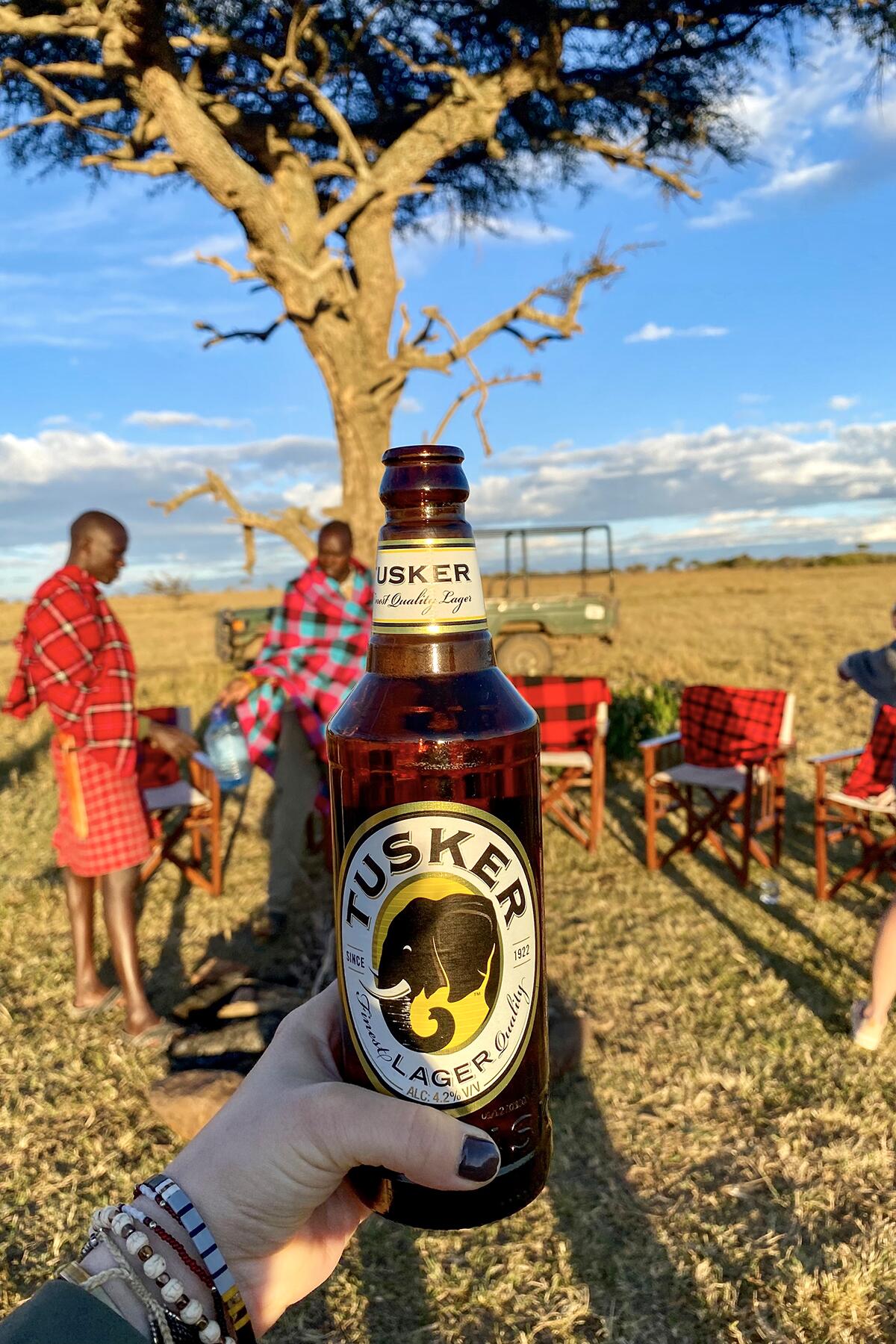
Overall a well written article to inspire the uninitiated to visit Africa, and favor Conservancies where available. I agree with a prior post that Tusker beer is commercially brewed. It is a very good beer (I have a Tusker t-shirt acquired in 2004).
However, there is a much more significant mistake which is repeated. The Masai in Masai Mara is not spelled with a double 'a' as is the Maasai people. The place is the Masai Mara, the people are the Maasai. This is similar to France being the country/place, but the people are the French. Masai Mara was used correctly once in paragraph seven.